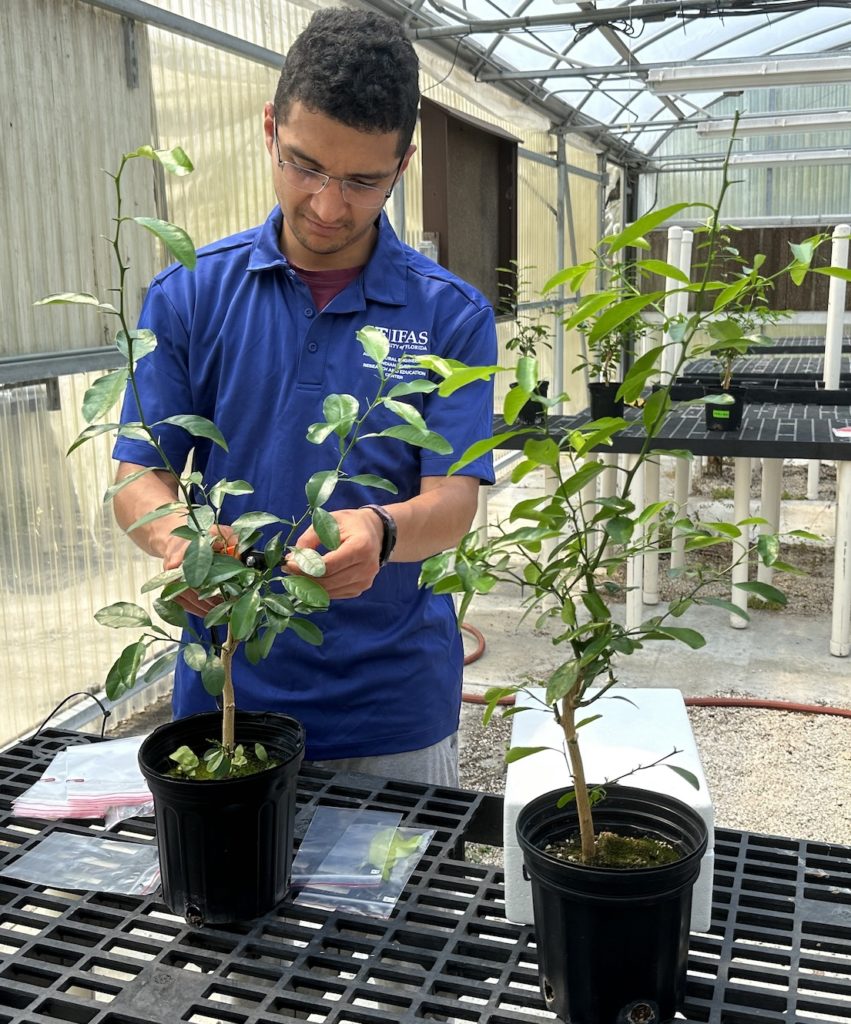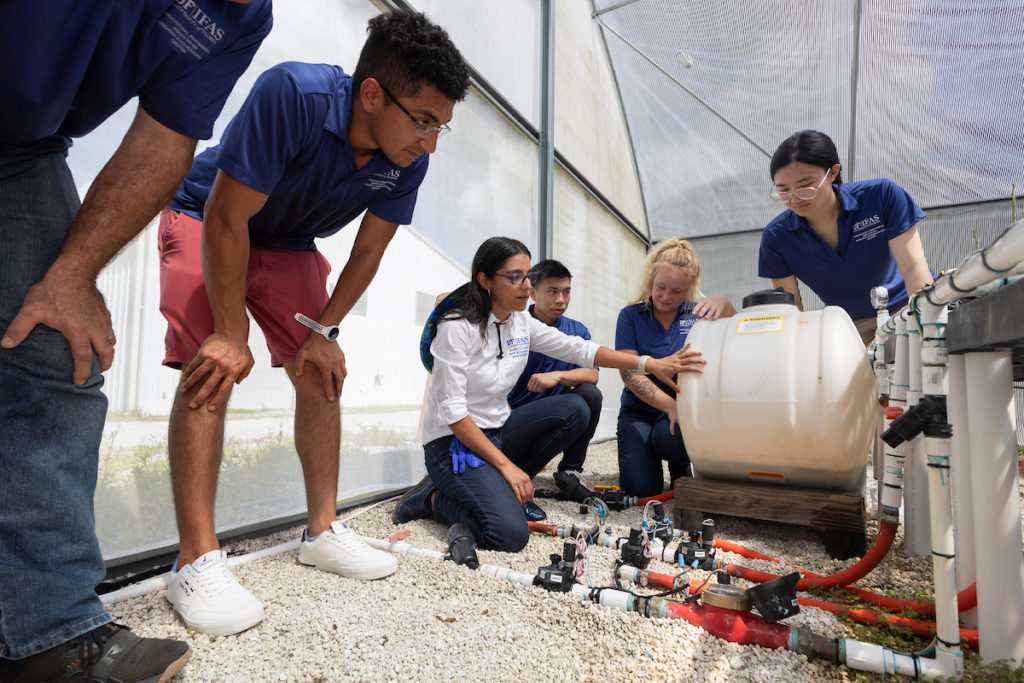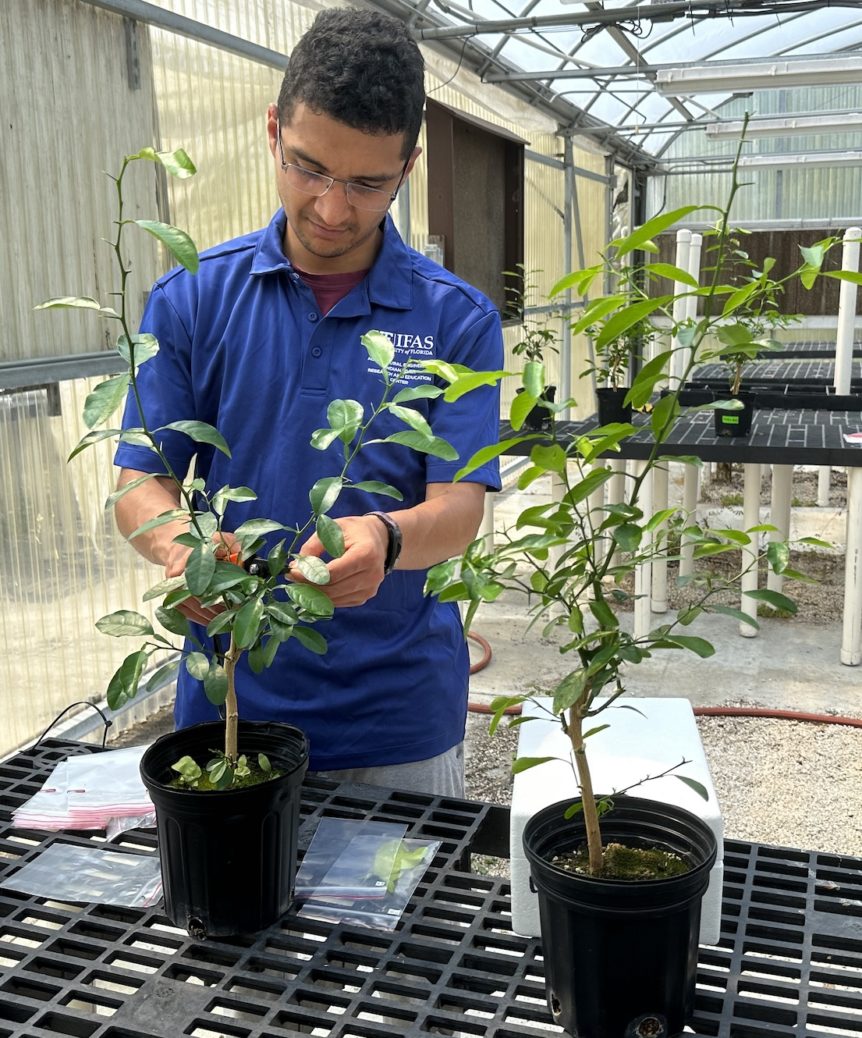
By Frank Giles
Technology applications in agriculture have blossomed in recent years. In irrigation, moisture sensors, weather stations and system control software are making applications much more efficient and well timed.
From Citrus to Sweet Corn
Several smartphone applications have been developed that can allow specialty crop growers to up their irrigation game. The University of Florida Institute of Food and Agricultural Sciences (UF/IFAS) has been working to develop irrigation applications.

The IrrigMonitor system is one such tool. Sandra Guzmán, assistant professor of agricultural and biological engineering at UF/IFAS, developed IrrigMonitor. While initially created for citrus, the system is now being adapted to vegetable crops.
Researchers have tested a module of the program in sweet corn in Central and South Florida with seepage irrigation. The study showed that by using sensor-based irrigation scheduling, sweet corn yields were improved by 4,481 pounds per acre. The system also reduced water usage by 36%, saving 165,465 gallons per acre each season.
There were benefits in nutrients, too. By adopting sensor-based irrigation scheduling, the grower collaborators achieved a 14.4% increase in phosphorus retention within the top 5 inches of soil and a 13% increase at the 5- to 10-inch soil depth.
Data Driven
Guzmán says the key to IrrigMonitor is incorporating the wealth of data now available to growers when it comes to weather forecasting, soil moisture monitoring and understanding crop needs. Her program harnesses all of that information to allow growers to make smarter irrigation decisions. IrrigMonitor works with existing commercial technology. According to Guzmán, having all the data displayed in one dashboard is a big benefit for users.
“IrrigMonitor centralizes data from various sensor-manufacturing companies and data providers. IrrigMonitor empowers users with comprehensive insights into soil moisture, evapotranspiration and a spectrum of weather variables in a single display,” Guzmán notes. “This platform lets users tailor and manage their weekly irrigation schedules per their requirements. Users can visualize data from multiple providers, which can facilitate the development of practical irrigation management strategies. Additionally, IrrigMonitor shares information about rain and other essential weather. The key advantage of IrrigMonitor is its user-friendly interface that allows users to make informed decisions through a single, streamlined display.”
Incorporating AI in Irrigation
Eduart Murcia is a doctoral student in Guzman’s Smart Irrigation and Hydrology Lab at the UF/IFAS Indian River Research and Education Center in Fort Pierce. His research is looking into ways that artificial intelligence (AI) can make the IrrigMonitor system better. While AI impacts many technology disciplines, Guzmán and Murcia understand that AI must begin with humans’ capabilities.
From the data sets, Murcia extracted the most useful information, trained an AI-based algorithm to learn the dynamics of the water moving through the soil and coupled it with software that will automate smart irrigation. Murcia’s research centers on machine learning algorithms and ways to make them more efficient. He aims to sustain both crops and valuable water with minimal waste.
“The sensors measure soil moisture in each crop field,” Murcia says. “I used multiple processing algorithms to assess and maintain the quality of this sensor data. This is important as AI relies on data not only from these sensors but also from weather conditions and crop management practices. High-quality data will provide the most reliable findings for IrrigMonitor users.”
The hope is to develop a platform that has learned what a crop needs on a given day and will activate in-field devices, which have learned from data refined by scientists, to irrigate crops according to their specific needs.










